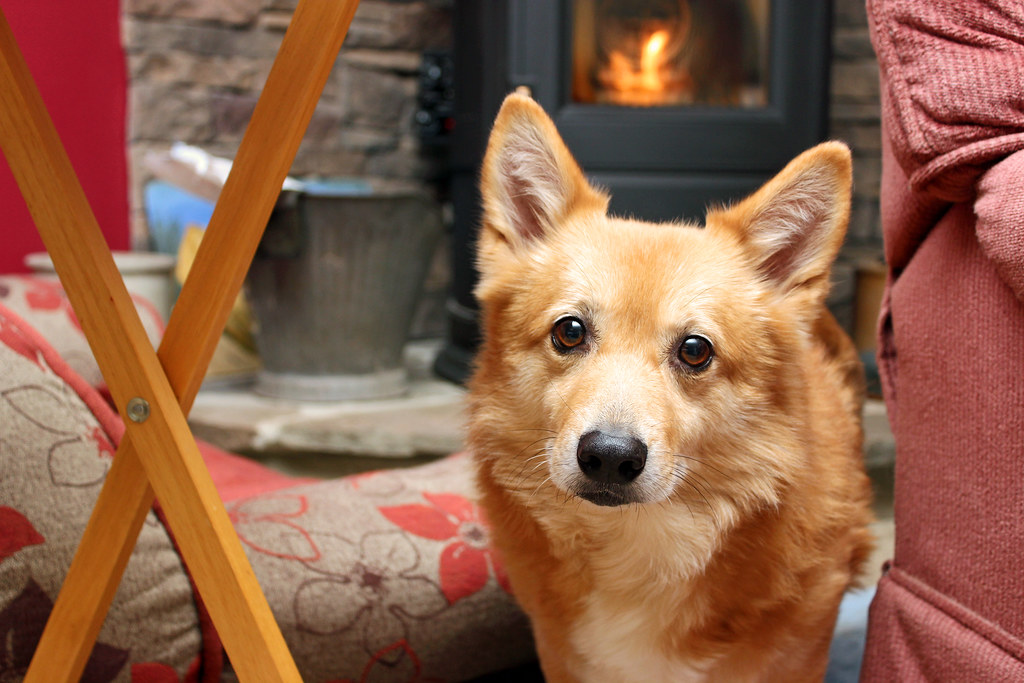I am an x-ray tech at a hospital. This means that I need to move people's bodies into necessary positions to display whatever anatomy that the doctor needs to see. (Nope! Contrary to popular belief, x-rays are far from obsolete.) A chest x-ray is the most common exam. Standing, sitting, lying down...people need chest x-rays. Something that x-ray techs always secretly giggle about is how patients interpret our verbal positioning instructions. A chest x-ray exam is performed with the patient placing their chest against a "Bucky" (or wall board, as I refer to it for patients.) and taking a deep breath in and holding their breath for the exposure. The Lateral is next, or the "side view" and this is where the fun begins. I have been through it all. "Put your left side against the board." "Turn and face me." I try everything from showing patients what to do with my own body, physically moving them into position. My new favorite thing is to tap on the glass window of the control panel and tell them to face the window with their body. I get less success if I do not physically tap the window. It is absolutely fascinating to me to experiment with communicating with my patients. I am in an endless search for that perfect phrase that will get every able-bodied patient to turn their left side against that Bucky and lift their arms in the air.
Patients put their right side against the board. They plaster their arms against it and turn their heads to face me. They put their backs against it. They are not listening. Physically manipulating patients is the worst method and I learned that early on. Nobody likes to be pushed, pulled and jostled around. It is coarse and useless. I avoid asking for a specific side to be placed against the board because it is embarrassing for people when they have mixed up their lefts and rights. And when they get embarrassed they get flustered and then they listen even less. You can guess where I am going with this.
Dogs. Communicating with dogs. I think part of why I am fascinated with communicating with my patients is that we almost always speak the same language. Yet it can still be so difficult to explain what I want them to do. They are distracted, maybe worried. They are all different and probably stressed out that they are getting an x-ray, a medical test. These are all factors that erode away their ability to take a moment and listen to and comprehend what I am asking. My dogs and I do not speak the same language. They do not speak English. They could be distracted, they could not be in the mood to work with and listen to me. And if it is a challenge to get a human who speaks English to move their body the way that I want, then it is a challenge to get a dog who speaks Dog to do what I want.
I don't get angry at my patients. I don't sigh and groan. I don't think that they are blowing me off. The thought of delivering a painful or startling correction to a patient because they did not understand what I was trying to communicate is far and away removed from acceptable conduct. I will spare the argument "but they are humans and dogs are dogs." in this blog. I respect my dogs as my friends and as intelligent animals. I am a fairly new trainer. We have many miscommunications. We get frustrated with each other that the lines of communication are not always clear. And just as I do with my patients, I learn from failure. I learn every day what works and what does not. I watch reactions, I measure success, I build on what works and leave behind what does not work. What does not work with my patients? Physically manipulating, repeating the same thing again and again, repeating the same thing louder. The same is true with my dogs.
The communication fascinates me, it really does. That one phrase or exam instruction that clicks with the majority of jittery and harried patients, discovered through trial and error and close attention to body language and response. It crosses over with the dogs, it does. I am forced to pull myself out of my own head and instead of resenting a person or a dog for not understanding me, I will ask again and again, "How can I make this work?"


Love this! People training is harder sometimes, or often, than dogs!
ReplyDeleteAwesome post! It really puts it into perspective when you think about how you interact with others in your life you're trying to "instruct" and how you interact with your dogs. I'm going to try and notice this for the rest of the week!
ReplyDelete